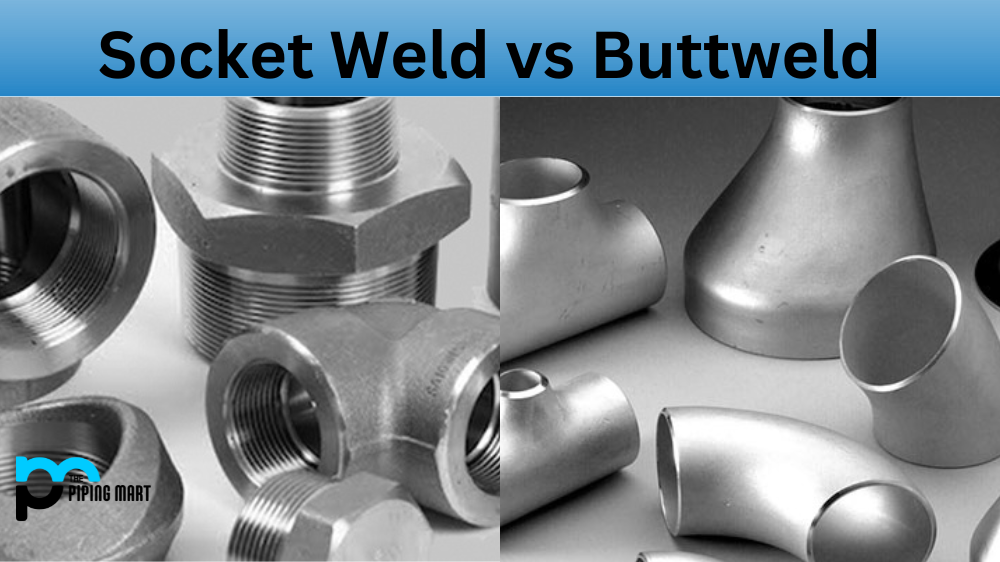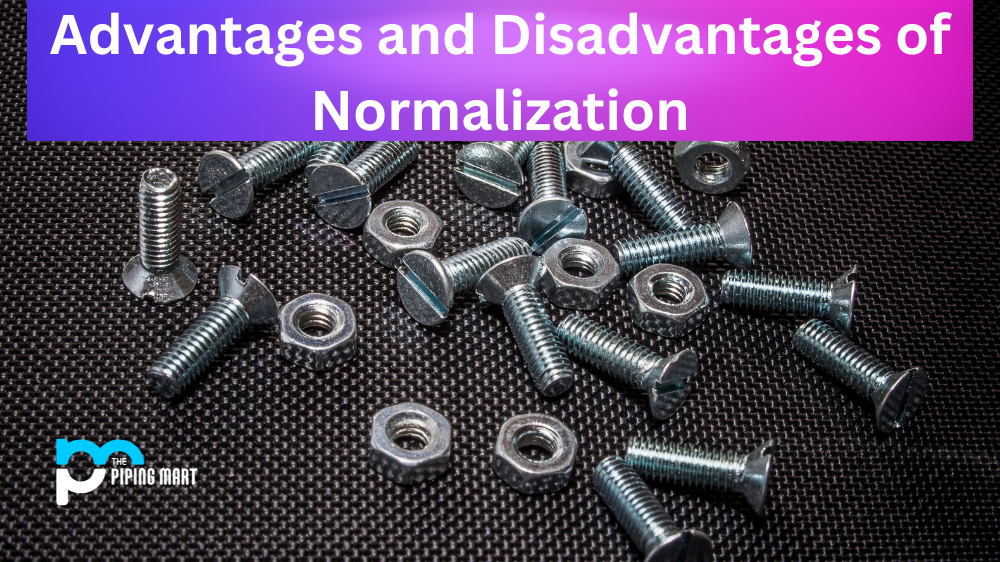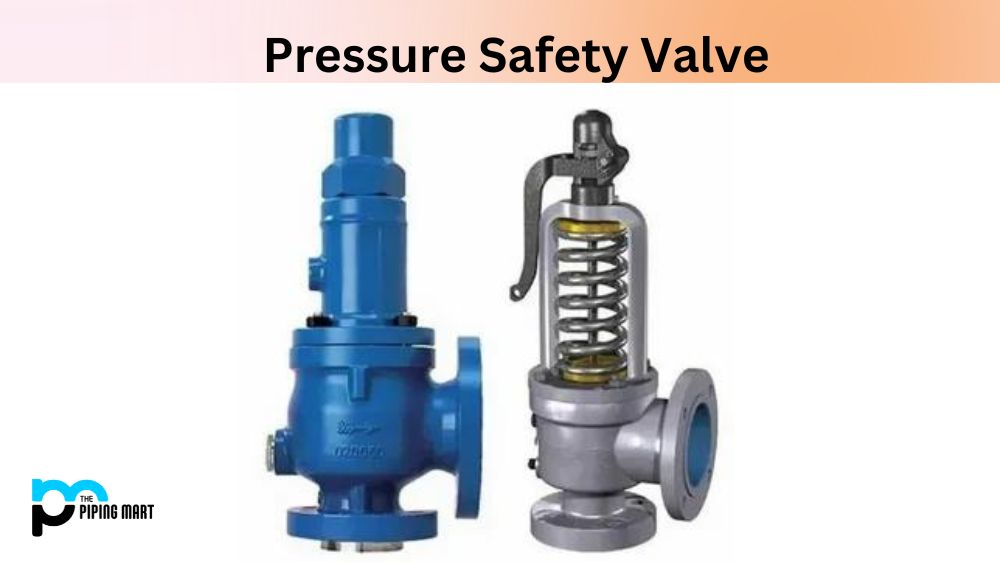If you’ve ever had to weld something together, you know that there are a variety of welding techniques out there. Two of the most common methods for joining two pieces of metal are socket welds and buttwelds. But which one is the best for your particular application? Let’s break down the differences between these two types of welding and how they can help you in your project.
Socket Weld
Socket welds involve inserting a pipe into a recessed area on another piece of metal. The pipe’s outside diameter must match the recessed area’s inside diameter perfectly to create an airtight seal. Socket welds are generally used when joining pipes or fittings with an outside diameter under 2 inches (50mm). They are also often used when connecting pipes that contain hazardous materials such as oil or gas, as they provide an extra layer of safety due to their airtight seal.
A socket weld is a type of weld made by inserting a pipe into a recessed area of another pipe. This allows for a strong connection to be made between the two pipes without the use of welding filler material. Socket welds are typically used for high-pressure applications, such as hydraulic and pneumatic systems.
Buttweld
Buttwelding is a welding technique used to join two pieces of metal together using heat and pressure applied through an electrode or torch. Unlike socket welding, buttwelding does not require any special preparation before it can be done; instead, all that’s needed is a steady hand and some practice! Buttwelding is often used for larger pipes with diameters over 2 inches (50mm) but can also be used on smaller pipes if necessary. It’s also less likely than socket welding to cause leaks due to its stronger seal.
A butt weld is a type of weld made by overlapping two pieces of metal and then welding them together. Butt welds are typically used for applications where aesthetics are not important, such as in the construction of pipelines.
Difference Between Socket Weld and Buttweld
The biggest benefit of socket welding is that it provides an airtight seal, ensuring that no hazardous materials can escape from the pipe connection. This makes it ideal for use in applications where safety is paramount, such as hazardous materials or high-pressure systems. However, socket welding is not without its drawbacks. It requires precise measurements and preparation before it can be done correctly, so it’s important to ensure all measurements are correct before starting your project. Additionally, it may not be suitable for thicker pipes due to its limited size range; if you need to connect thicker pipes, buttwelding may be a better option.
Strength
Socket welds are typically stronger than butt welds due to the lack of welding filler material. This makes socket welds less likely to fail under high-stress conditions.
Pressure Rating
Socket welds have a higher pressure rating than butt welds, making them ideal for high-pressure applications.
Cost
Socket welds are more expensive than butt welds due to the additional cost of the welding filler material. However, socket welds may be less expensive in the long run due to their increased strength and pressure rating.
Installation Time
Socket welds generally take longer to install than butt welds due to the need to insert the pipe into the recessed area.
Conclusion:
Both socket welds and buttwelding have advantages and disadvantages depending on your application needs. If you need an airtight seal for smaller pipes with diameters under 2 inches (50mm), then socket welding may be your best bet; however, if you need a strong connection between larger pipes, then buttwelding may be more suitable due to its strength and flexibility. No matter what type of welding technique you choose for your project, make sure to take all necessary precautions beforehand to ensure a safe and secure connection!

Meet Bhavesh, a seasoned blogger with a wealth of knowledge and experience. From metal products manufacturing to retail, Bhavesh has a diverse background in various industries and is dedicated to sharing his insights and expertise with readers.




